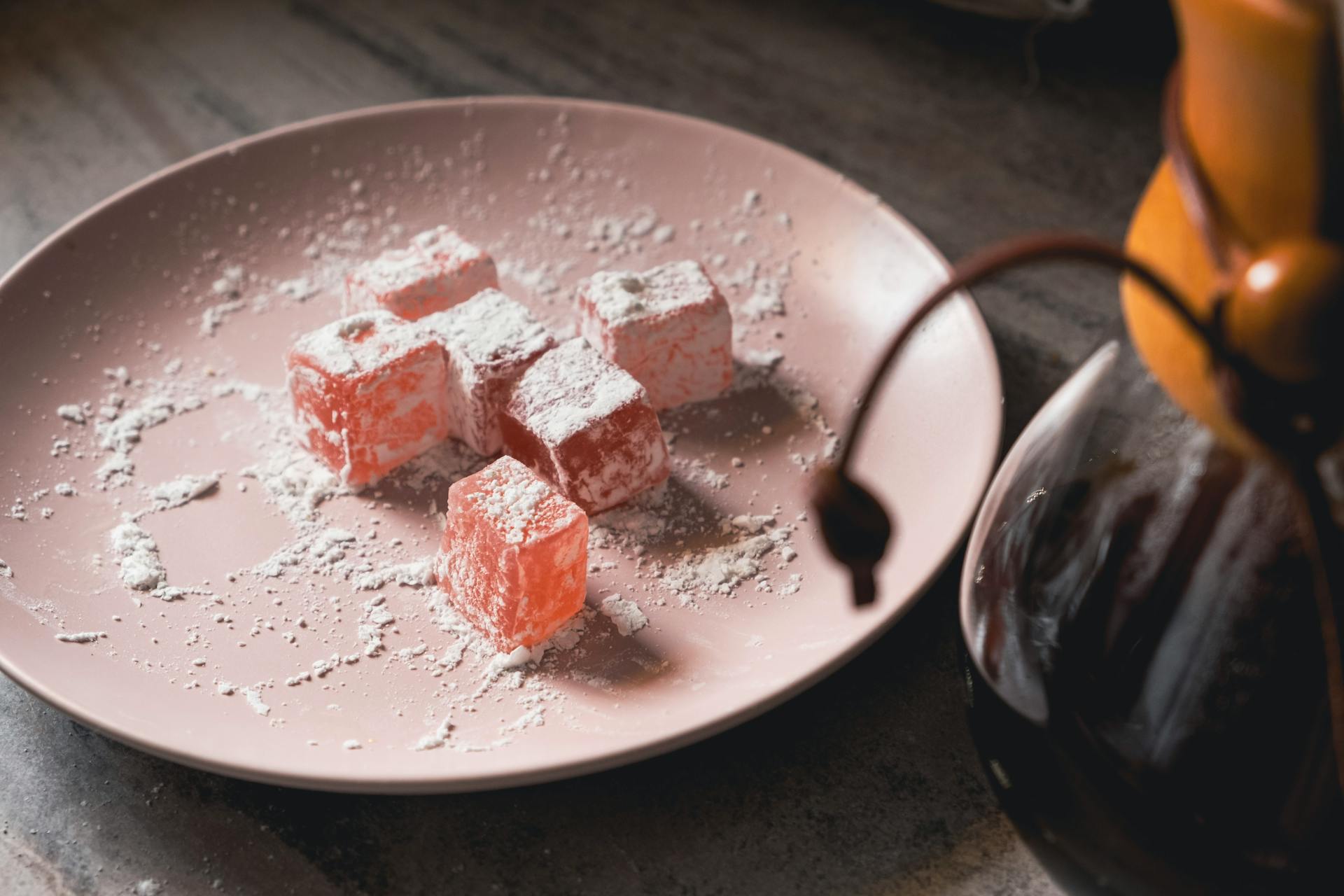
Candy making is both an art and a science, where each ingredient must be carefully measured and each step meticulously followed. Two of the most critical factors in this process are temperature and pressure. These elements play pivotal roles in determining the texture, structure, and final quality of the candy. Whether you’re whipping up a batch of fudge, crafting caramels, or pulling taffy, understanding the impact of temperature and pressure can help you master the art of confectionery. Let’s explore how these factors influence the candy making process and why they’re so crucial for creating perfect sweets.
1. The Importance of Temperature in Candy Making
Temperature is perhaps the most critical factor in candy making. It affects everything from the texture and flavor to the color and shelf life of the final product. Here’s how different temperatures impact various types of candy:
- Sugar Syrup Stages: The cooking temperature of sugar syrup determines its final consistency. Candy makers use specific temperature ranges to achieve desired textures:
- Soft Ball Stage (235-245°F or 113-118°C): Ideal for fudge and fondant, where sugar concentrations are high, and the syrup forms a soft ball in cold water.
- Firm Ball Stage (245-250°F or 118-121°C): Perfect for caramels, which need to be chewy but not hard.
- Hard Crack Stage (300-310°F or 149-154°C): Necessary for making hard candies and brittles, where the syrup will crack if bent.
- Chocolate Tempering: Chocolate must be tempered by heating and cooling to specific temperatures to stabilize the cocoa butter crystals. This process ensures that the chocolate sets properly with a glossy finish and a firm snap. Tempering temperatures vary slightly depending on the type of chocolate (dark, milk, or white).
- Gelatin’s Role in Gummy Candy: Gelatin, used in gummy candies and marshmallows, needs to be heated to around 95°F (35°C) to dissolve properly but must not exceed 212°F (100°C) as it can lose its gelling ability.
2. The Role of Pressure in Candy Making
While not as apparent as temperature, pressure also plays a significant role in the candy making process, particularly in the texture and expansion of certain candies.
- Aeration: Confections like marshmallows and nougat are aerated through whipping, where the pressure exerted during the whipping process incorporates air bubbles into the candy, giving it a light, fluffy texture.
- Boiling Point Reduction: The atmospheric pressure can influence the boiling point of sugar syrups. For instance, candy made at higher altitudes, where the air pressure is lower, requires adjustments in cooking temperatures because water and syrups boil at lower temperatures than at sea level.
3. Managing Temperature and Pressure in Homemade Candy
For home candy makers, managing temperature and pressure might seem daunting, but it’s quite manageable with the right tools and techniques:
- Use a Candy Thermometer: A reliable candy thermometer is crucial for measuring syrup temperatures accurately. Ensure it is calibrated correctly, especially if you live at a high altitude.
- Understand Your Environment: Be aware of your environmental conditions, especially altitude, which can affect boiling points and moisture content in your candy.
- Experiment and Adjust: Don’t be afraid to experiment with slightly different temperatures to find what works best for your specific environment and recipe.
4. Advanced Techniques and Equipment
For those looking to explore advanced candy making:
- Vacuum Cookers: These are used in commercial candy making to boil sugar syrups under reduced pressure, which allows boiling at lower temperatures and can improve the texture and clarity of the final product.
- Pressure Cookers: At home, pressure cookers can be used to achieve similar effects, especially for recipes that benefit from moist cooking environments.
5. Conclusion: Why Temperature and Pressure Matter
Understanding and controlling temperature and pressure in candy making can significantly enhance the quality of the final product. By mastering these elements, candy makers can ensure that their confections have the perfect texture, consistency, and appearance. Whether you’re a hobbyist or a professional, taking the time to learn about these critical factors will elevate your candy making skills and allow you to create truly exceptional sweets.




